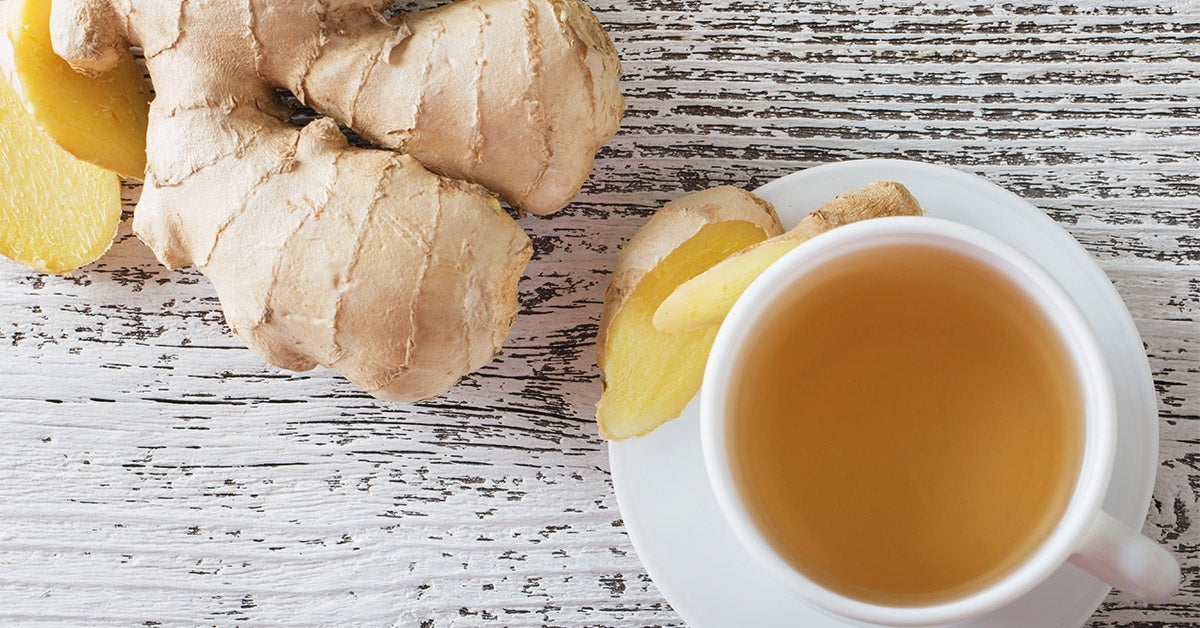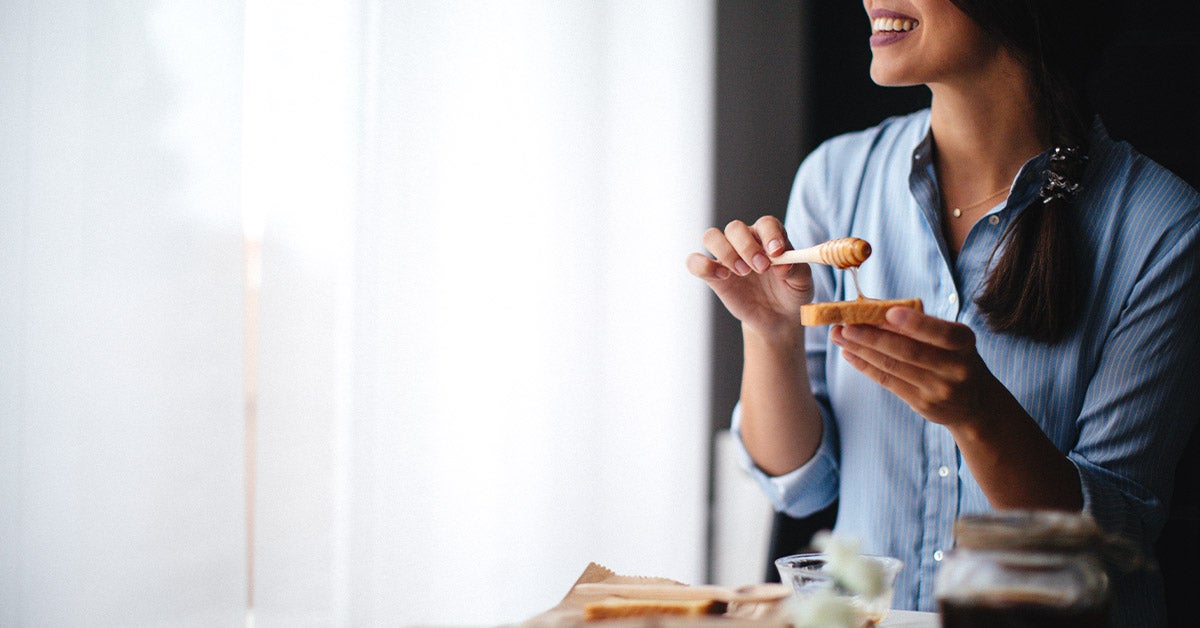Baking Soda for Diabetes: Is It Effective?
Baking soda (sodium bicarbonate) is a popular home remedy for whitening teeth, freshening breath, soothing canker sores, and more. But what about baking soda for diabetes?
There isn't much research on the general effect of baking soda on diabetes. However, recent research in animals suggests it may help prevent an infection called mucormycosis, which can occur in people experiencing diabetic ketoacidosis (DKA).
Read on the learn more about DKA, mucormycosis, the effects of baking soda.
DKA is a serious complication of diabetes. It's the result of your body producing high levels of a type of blood acid known as ketones.
DKA can develop if your body is not producing sufficient insulin. Without enough insulin to help glucose (sugar) enter your cells, your body turns to fat for fuel.
As your body breaks down fat, ketones build up in the bloodstream. If untreated, this can eventually lead to DKA.
DKA symptoms can develop quickly and can include:
- excessive thirst
- vomiting
- nausea
- frequent urination
- shortness of breath
- dry mouth
- confusion
- fatigue
An onset of DKA can also be detected through testing your blood and urine at home with proper testing kits. If tests result in a high blood sugar level or your urine has high ketone levels, you should seek medical attention immediately. DKA can be fatal if left untreated.
Mucormycosis is a rare but potentially fatal fungal infection caused by molds called mucormycetes. It often affects people with weakened immune systems and commonly occurs in the sinuses or lungs.
Symptoms of mucormycosis can include:
- blisters
- blackened skin tissue
- swelling, tenderness, or redness
People with DKA experience mucormycosis at a higher rate than those without DKA.
While baking soda does potentially raise your blood pH, the research on baking soda and diabetes has focused on its effects on DKA and mucormycosis.
A 2016 study in mice examined the potential use of baking soda in treating mucormycosis. Researchers found that DKA may contribute to speeding up the infection. Therefore, using sodium bicarbonate and iron chelation could be a preventative measure.
More research on humans is needed to determine if sodium bicarbonate can be used as a treatment for mucormycosis.
Mucormycosis treatment
Treatment for mucormycosis starts with an intravenous antifungal medication such as amphotericin B. The surgical removal of infected tissue can also help prevent the infection from spreading.
If tissue removal and intravenous therapy are successful, your doctor might replace the intravenous medication with oral medications such as posaconazole or isavuconazole.
There is a lack of recent research on the effects of baking soda on people with diabetes.
Recent research in animals suggests baking soda may help prevent mucormycosis, a fungal infection that can result from DKA. However, there isn't enough evidence to support self-treatment of mucormycosis with baking soda.
Mucormycosis requires treatment from a doctor. They may recommend antifungal medications or surgery. DKA is also an extremely serious condition that requires treatment from a doctor.
If you do not have DKA and feel that baking soda might be a good complementary therapy, talk with your doctor about whether it's safe for you.
-
 6 interesting genetic traits that children will inherit from their parents
6 interesting genetic traits that children will inherit from their parents
-
 7 effects of asparagus on child development
7 effects of asparagus on child development
-
 Does cutting blood hair for babies bring good luck?
Does cutting blood hair for babies bring good luck?
-
 The more babies eat, the higher the height they develop, especially the second kind
The more babies eat, the higher the height they develop, especially the second kind
-
 Children with chicken pox should eat to quickly recover from the disease, without leaving a deep scar?
Children with chicken pox should eat to quickly recover from the disease, without leaving a deep scar?
-
 The more food is cooked, the better it can be for health, especially the second type
The more food is cooked, the better it can be for health, especially the second type
-
 Ginger for Headache: Does It Work and How to Use
Ginger for Headache: Does It Work and How to Use
-
 Does Red Meat Cause Cancer? Studies, Reducing Your Risk, More
Does Red Meat Cause Cancer? Studies, Reducing Your Risk, More
-
 Dominant Eye: What It Means and How to Tell Which Eye Is Dominant
Dominant Eye: What It Means and How to Tell Which Eye Is Dominant
-
 Honey and Diabetes: Can You Eat Honey If You Have Diabetes?
Honey and Diabetes: Can You Eat Honey If You Have Diabetes?
-
 Cancer Virus: 8 Viruses Linked to Cancer and How to Avoid Them
Cancer Virus: 8 Viruses Linked to Cancer and How to Avoid Them
-
 Asperger's Treatment: Options, What Works, What Doesn't & What to Try
Asperger's Treatment: Options, What Works, What Doesn't & What to Try































